Blue Beetle is the latest DC movie to be released. An interesting entry in the franchise as the brand is in the stage of transition, the movie is having an interesting time at the box office. While it had the lowest opening weekend for any film in the DCU, the movie received better reviews than the previous three films: The Flash, Shazam! Fury of the Gods and Black Adam. It also held better than most DC movies in its second weekend and did very well on National Cinema Day in terms of tickets, being the second most in-demand movie of the day behind only Barbie.
While it might not be a box office hit, it is going over well with audiences that do see it. Blue Beetle is a wonderful film that captures many of the hallmarks of the superhero genre and allows an underrepresented group to see themselves in a story told many times before. Blue Beetle is filled with great moments that range from funny to fist-pumping awesome to genuine tear-jerkers. These are the best moments in Blue Beetle, ranked.
10 A Lived In DC Universe
A lot of discussion has been made about whether Blue Beetle takes place in the original DCEU or James Gunn's new DCU. There have been conflicting comments regarding the future of the character. Yet the best thing is Blue Beetle can take place in whatever DC Universe it wants. Mentions of Superman, Batman, and The Flash establish it is in a DC Universe, just one for the audience to decide.
The film can slot into any universe, be it the original DCEU that Zack Snyder developed or whatever James Gunn has planned for the DCU. It could also just as feasible be said to take place in the same universe as Christopher Reeves's Superman or Michael Keaton's Batman or even the Arrowverse if they wanted to. To see a fleshed-out, lived-in DC Universe done so well but also without a lot of baggage is refreshing.
9 Blue Beetle Legacy
Jaime Reyes is the third Blue Beetle and likely the most popular. He is also one of the biggest legacy characters in DC Comics, as the mantle of Blue Beetle has a rich history. Most superhero movies tend to avoid legacy characters, as The Flash and Green Lantern both skipped the original incarnations and went straight to the more popular Silver Age characters. Marvel Studios did this with Ant-Man but put Hank Pym in a mentor role with Scott Lang as the primary Ant-Man.
Blue Beetle is very much Jaime Reyes's story, but the film also ties him in with his predecessors, Dan Garrett and Ted Kord. The character's rich comic book legacy is reflected on screen and serves a narrative purpose to not only establish a rich DC history but to hammer in the idea that Jaime is a normal kid being thrown into a bigger conflict than he knew.
With a nice callback to the original characters' costumes, Blue Beetle shows that you can adapt any member of a legacy character without needing to do two or three origins of the other characters beforehand.
8 First Flight
As soon as the Scarab attaches to Jaime Reyes, it takes off to test out its systems and the new host. The scene is filled with comedy as Jaime is freaking out about everything he is being put through, including going to space, flying through the city, and cutting a bus in half. The scene draws parallels to Tony Stark testing out his armor in Iron Man or Peter Parker learning about his new abilities in 2002's Spider-Man. It is a joyous scene that superhero films often don't do anymore.
7 Anything You Can Imagine, I Can Create
The line is notable in the trailer, but the moment in the movie is somehow even better. Jaime Reyes realizes he can get more creative with the weapons that he can make and makes a giant sword, similar to Cloud in Final Fantasy. From there, the action in Blue Beetle really ramps up into an epic. The large-scale power suits clashing various weapons and energy blast brings to mind a big-budget super sentai story brought to the big screen.
6 Family Comes to the Rescue
What separates Blue Beetle from many other superhero movies is that his family knows about his superhero identity and gets involved in the action. In the climax of the movie, the family goes on a rescue mission to save Jaime. His uncle Rudy (George Lopez) gets to drive the Beetle vehicle, while his sister Jenny (Isabella Aparicio) gets her own weapon to fight bad guys. His mother, Rocio (Elphdia Carrillo), gives her son the motivational talk he needs to be a hero, embracing his status as a hero.
5 Nana Levels Up
The family member who steals the show is Nana, played by the wonderful Adriana Barraza. While originally portrayed as just a sweet grandma, when push comes to shove, she is the family member who steps up and tells them they need to go save Jaime from the villains. She quickly grabs one of the original Blue Beetle's weapons, and when her granddaughter Jenny asks how she knows how to hold it, the film reveals she used to be a revolutionary.
It is a nice, rich detail to this character's backstory, showing how much of a life she lived before becoming a mother and grandmother, but also provides one of the best moments in the movie. While the Blue Beetle armor is rebooting, she comes to her grandson's rescue and mows down a bunch of henchmen with her weapon. She steps up and is willing to protect her family at any cost, which speaks to the theme of the movie in how the Reyes family bond is their greatest strength.
4 Parting Words From a Father
In one of the saddest scenes in the movie, Jaime's father is unable to save his father, Alberto (Damián Alcázar), who suffers a heart attack when the family is attacked. Jaime is dragged away by the villains while his father dies. Then, while Jaime is starting to fade away while the villains operate on him, he meets his father in a sort of afterlife.
Jaime realizes his father is gone and breaks down, but his father tells him it will all be okay. It is a nice moment of calmness in the film's climax and also one of the sweetest moments. Jaime gets one final moment with his father, who encourages his son that the Blue Beetle is not a burden but can be a great gift to the world. The father fades away, knowing his son will be okay and be the man he always knew he was going to grow up to be.
3 "We are not killers."
Earlier in the film, the Scarab (known as Kjaji-Dah) was going to kill the villain Carapex when she took control of Jaime's body to defend him. Jaime tells her not to because he isn't a killer, to which Khaji-Dah agrees. Yet in the film's climax, after Jaime has lost his father, and he thinks his uncle Rudy has died, he loses control and unleashes his full anger and might on Carapex. He beats him senselessly and forms a sword, despite Khaji-Dah letting him know the villain is subdued. Jaime is about to strike the killing blow when Khaji-Dah stops him, informing him that "WE are not killers."
It is a touching moment to show that as much as the scarab has changed Jaime, it is a two-way street, and he has changed it as well. It is a nice way to distinguish the character from Venom, who is also an alien parasite attached to a host that talks to the main hero. Yet, whereas Venom and Eddie Brock have a complicated bickering relationship, Jaime and Khaji-Dah have a more cooperative relationship, one of mutual understanding.
2 Carapex's Backstory
The villain Carapex (Raul Max Trujillo) originally seems like a glorified henchman to the film's true villain, Victoria Kord (Susan Sarandon). He seems like the big heavy for Jaime to fight, a physical foe, as Victoria is the true mastermind. Audiences have seen this dynamic play out in many movies, notably James Bond films, but in superhero movies. That is why the backstory the filmmakers give to Carapex not only makes him a more interesting villain but shows the movie has a lot more on its mind.
The film reveals that Carapex was orphaned as a child by weapons made by Kord Industries, specifically Victoria Kord, the same woman he is working for now. He then was trained in the School of the Americas, which is associated with wars carried out by United States-supported military junta in South America.
He is a victim of a system, one that exploited him as a weapon, and that is all Victoria Kord sees him as. He is expendable to her greater goal. It touches on real-world history that is a nastier side of America's history that is often overlooked in schools while also fleshing out the traditional henchman archetype into a more well-rounded villain.
1 Blue Beetle Takes on Immigration Services
Blue Beetle's best scene is both exhilarating and one that is dramatically all too real. During the mid-point of the movie, Victoria Hand sends her private military to storm into the Reyes house in an attempt to find Jaime and the Scarab. A bunch of armed military soldiers burst into a Mexican American house and drag them out into the street with guns pointed at them while they scream, cry, and sit in fear for their lives. This draws to mind real-life cases of Immigration and Customs Enforcement (ICE) agents pulling families from their homes.
Yet the moment quickly turns when Jaime shows up in his full Blue Beetle outfit and quickly takes out the various soldiers. Blue Beetle using his superpowers not only to protect his family but also to protect a Mexican-American family from armed soldiers is a powerful image, a wish-fulfillment fantasy that many likely wish they had.
Superheroes are power fantasies, and the earliest days of the genre with Superman had the hero fighting a social crusader for the oppressed. Blue Beetle carries on that legacy, allowing for a brief moment where people who rip families apart are rightfully played as the bad guys and are beaten up by a Mexican American kid. The real world isn't like the movies, but it is hard to argue that at this moment, we wish it was more like the movies.
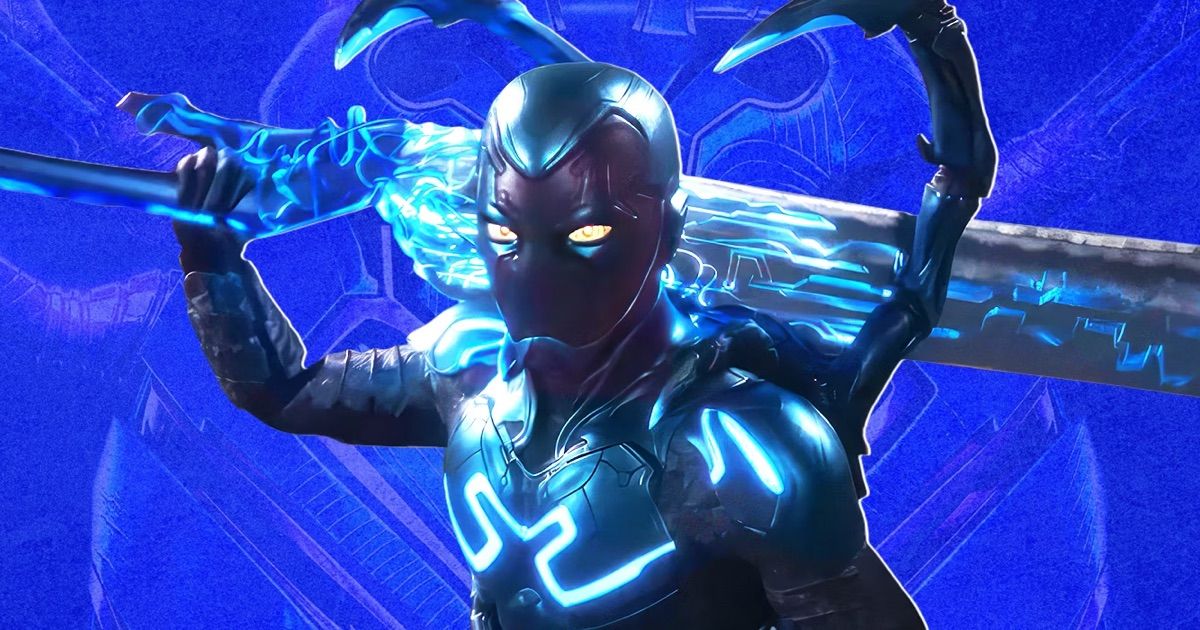
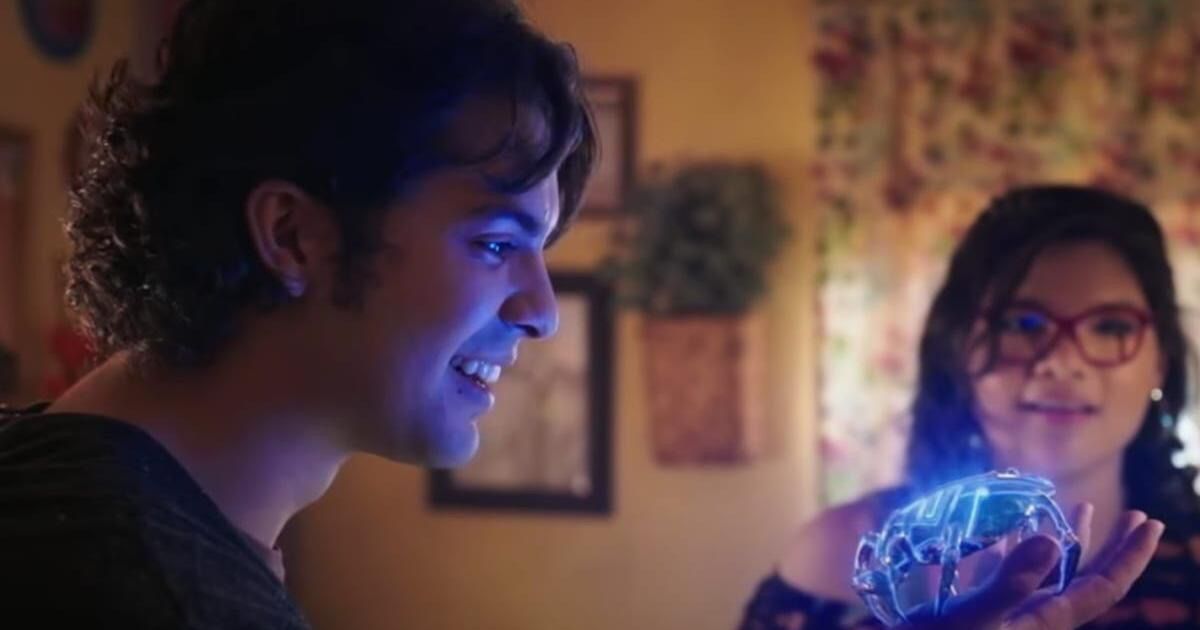
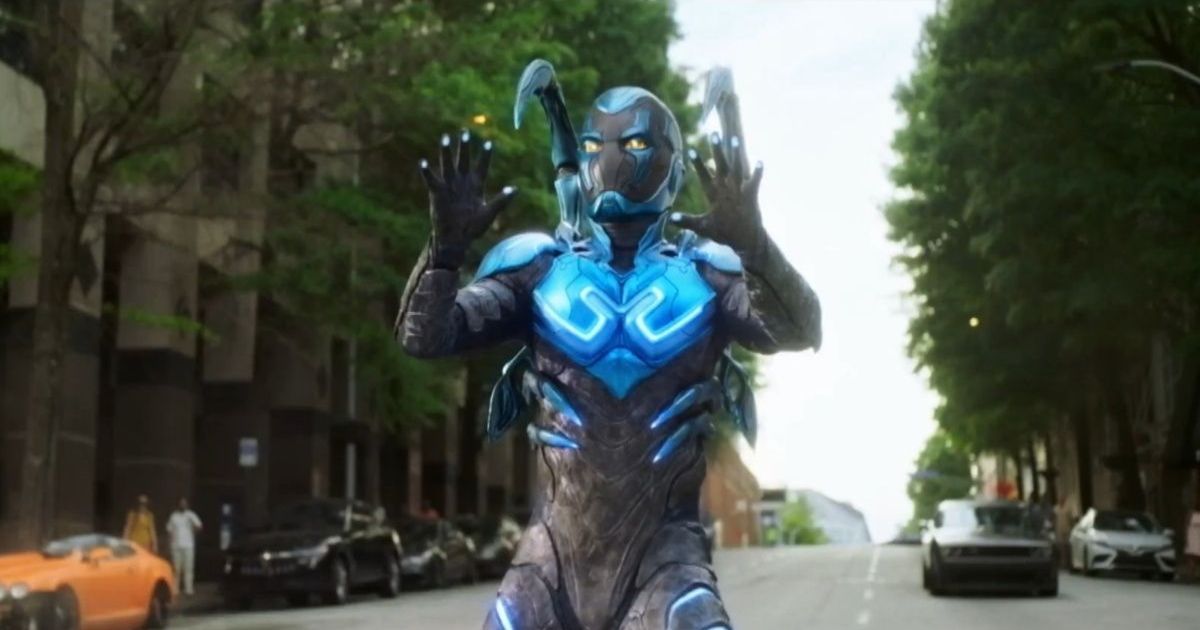
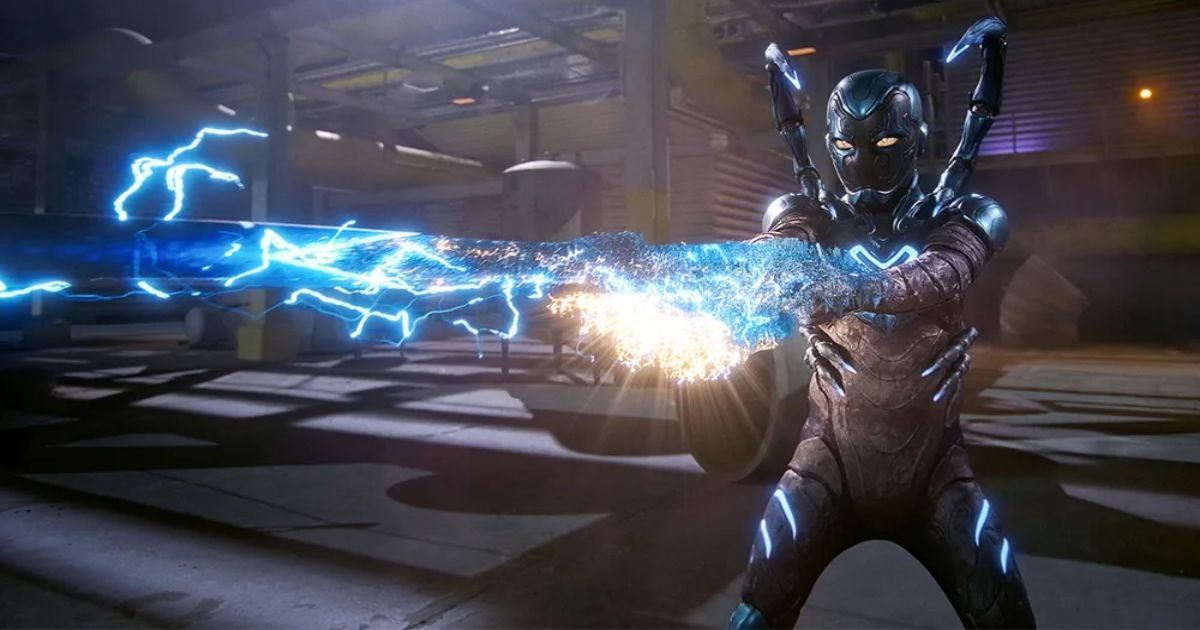
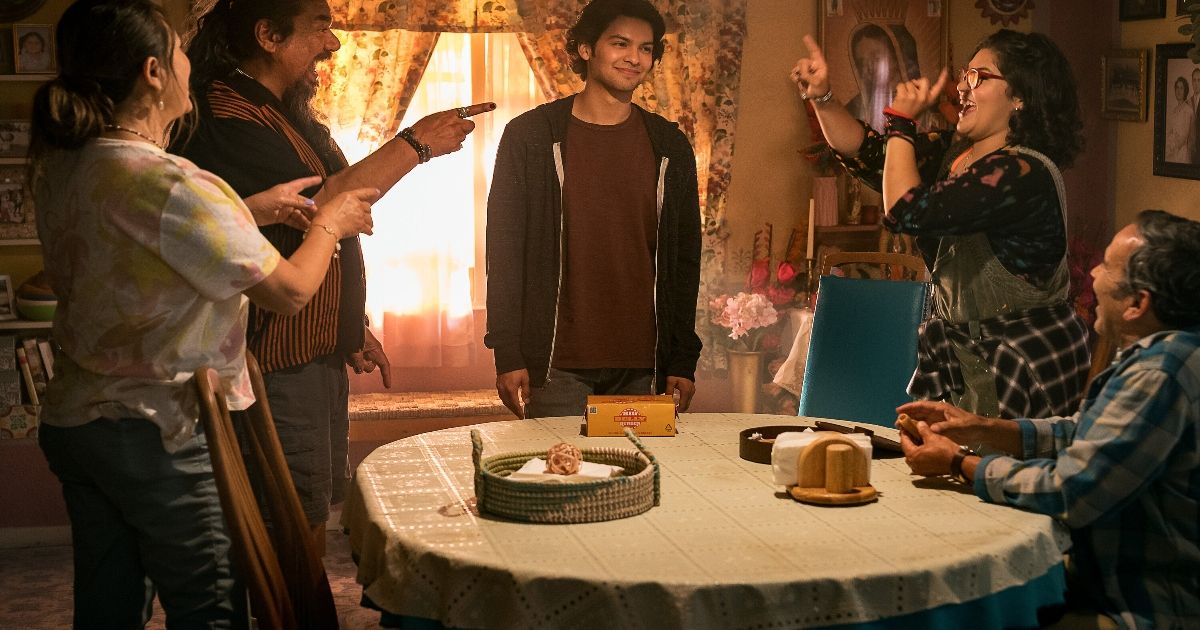
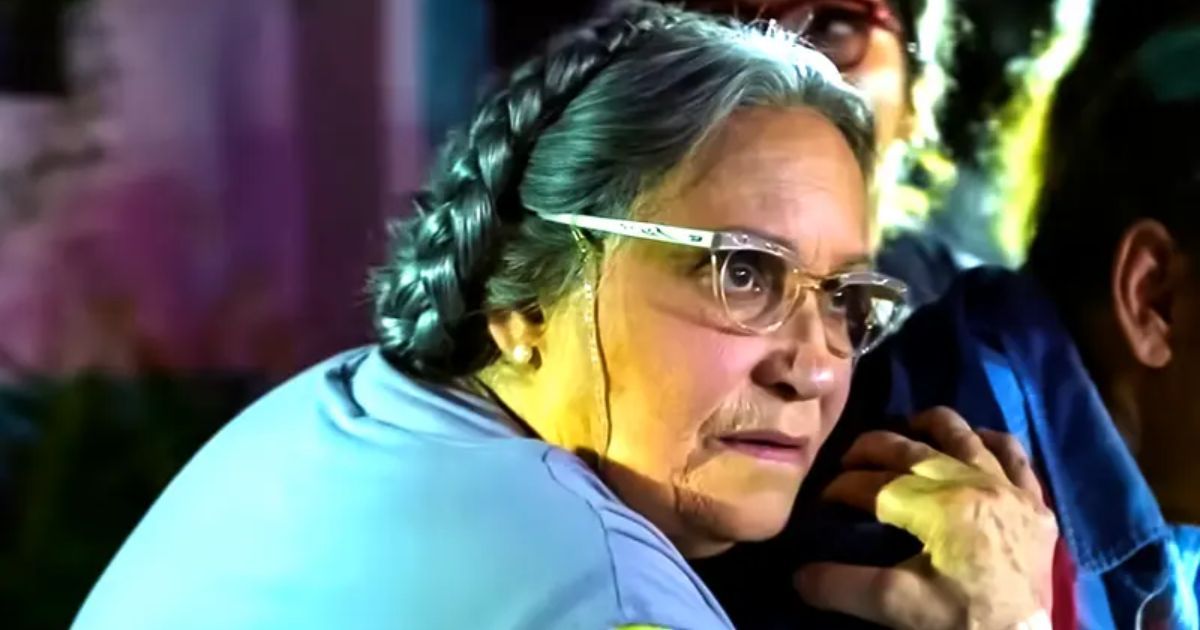

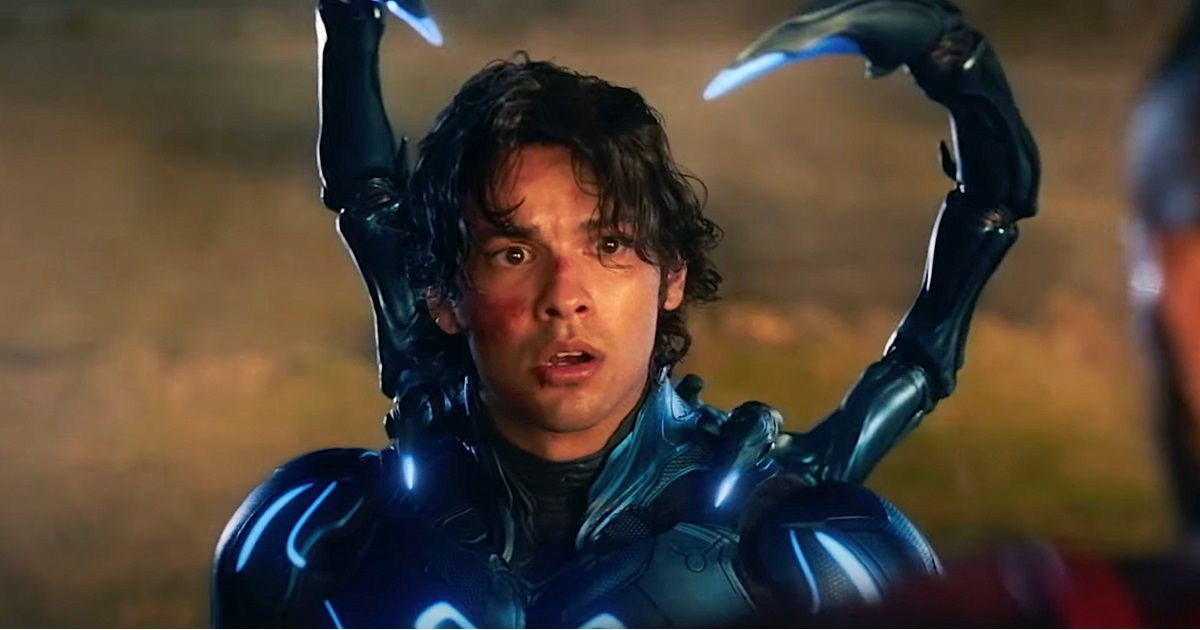
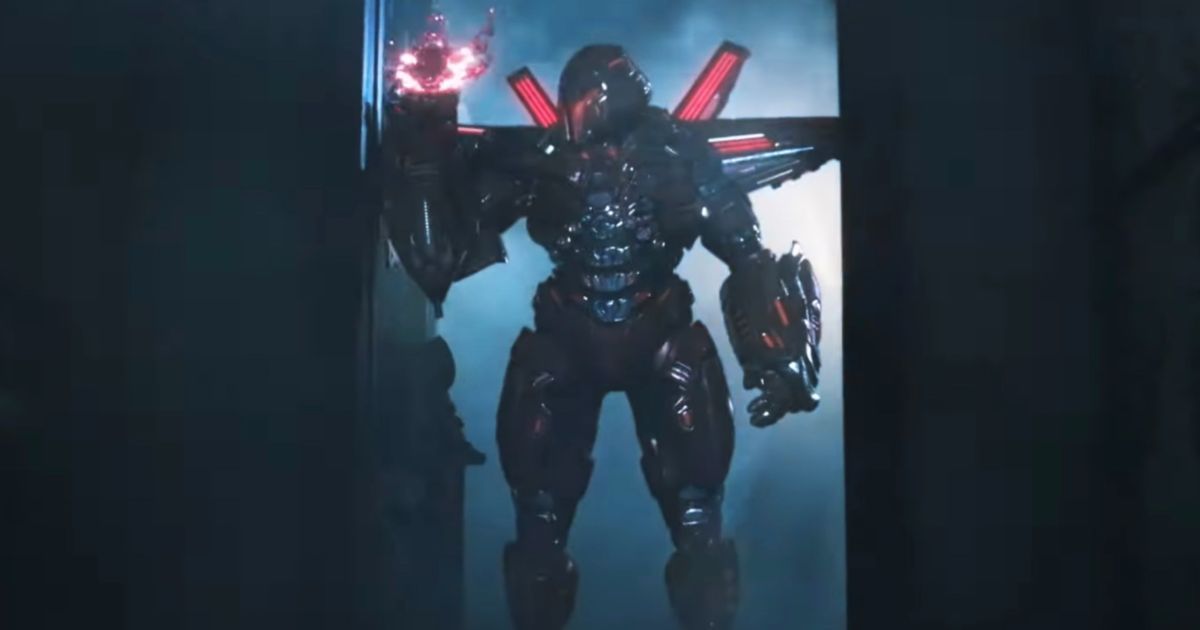
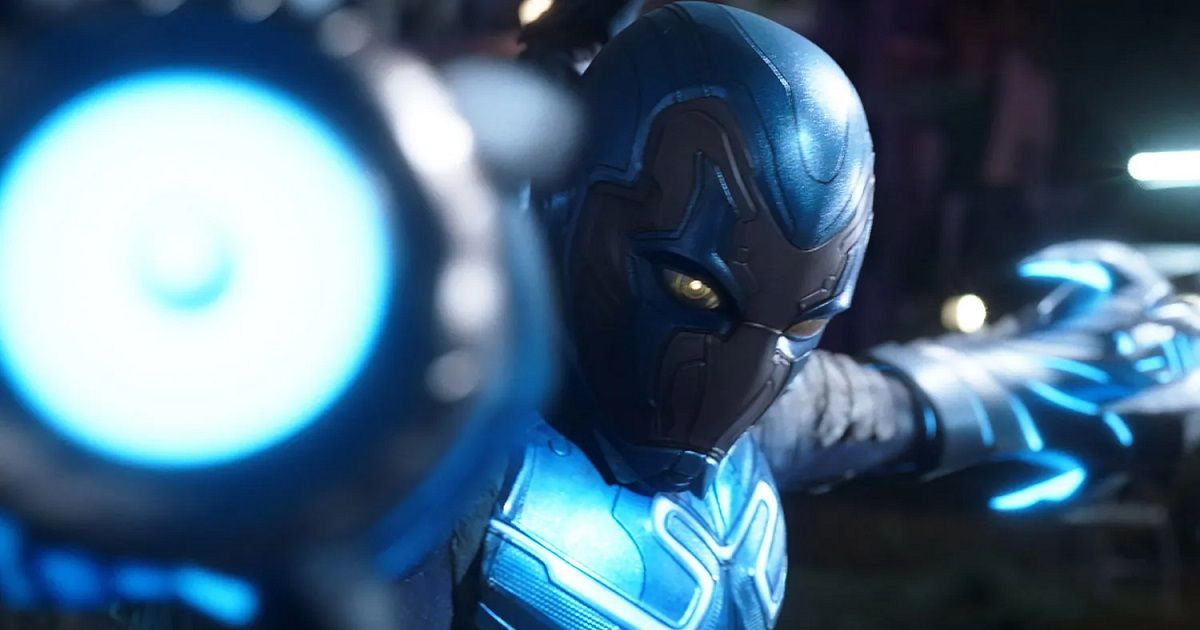
Comments
Post a Comment